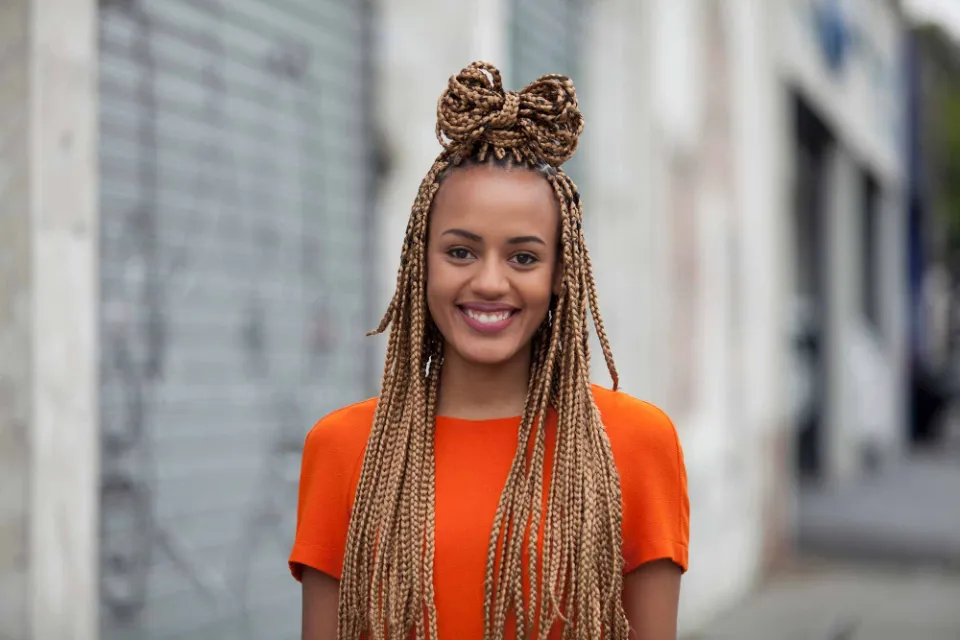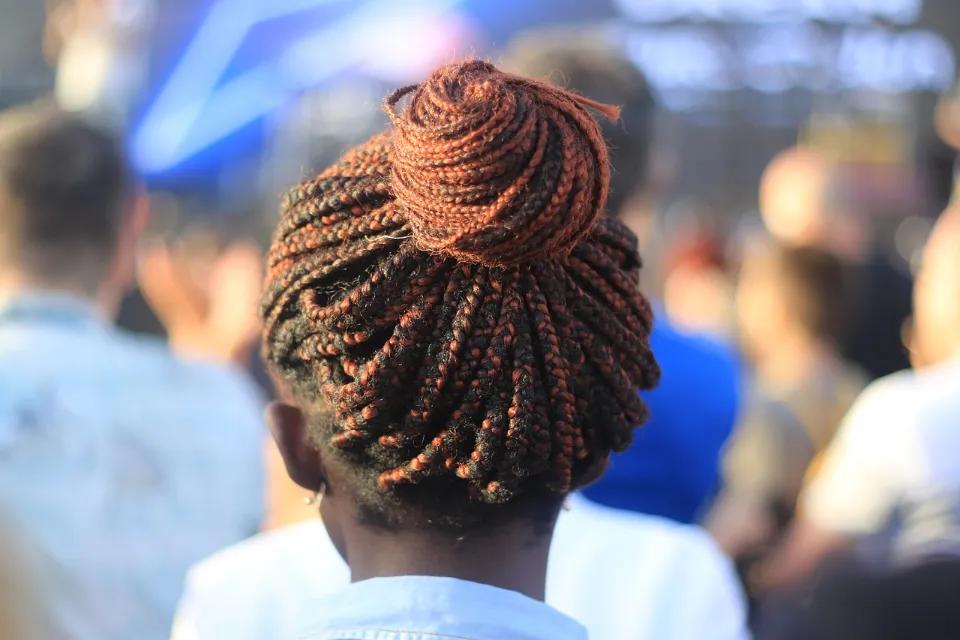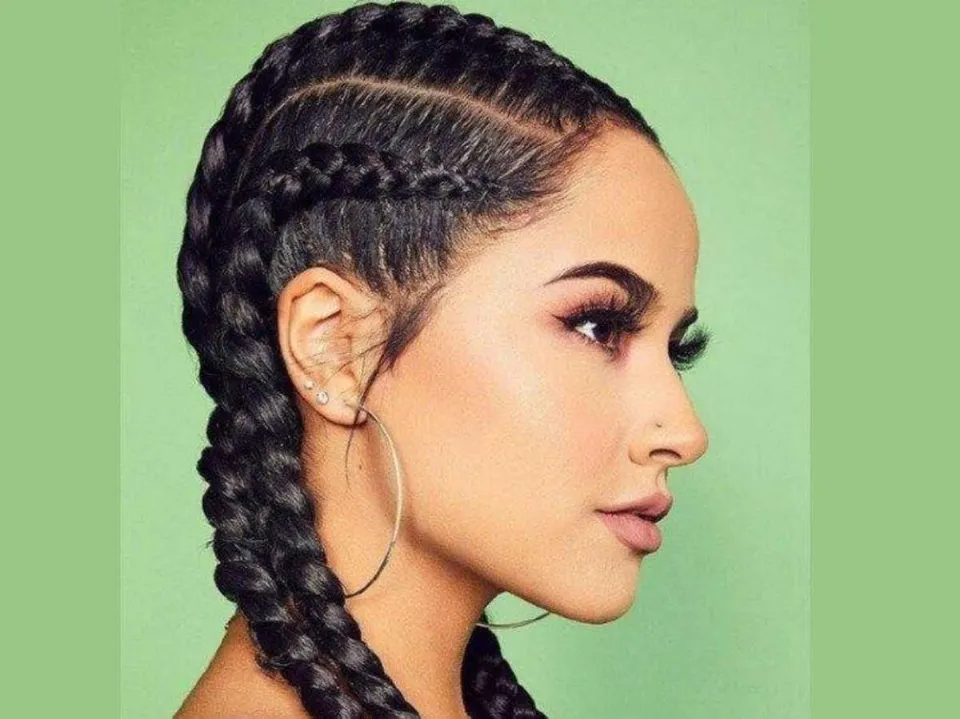Today’s Mexican women are known for their luscious, glossy dark hair and gorgeous hairstyles. But can Mexicans wear box braids?
Yes, it is OK for Mexicans to wear box braids. Nobody ever truly owns a hairstyle. However, the history of black struggle is deeply entwined with their hairstyles.
Continue reading to learn about Mexico’s rich hairstyle tradition and the significance of braids in Mexican culture.
Can Mexicans Wear Box Braids?
Mexicans can actually wear box braids. Because box braids are also a cultural heritage of Mexican people.
Therefore, wearing box braids won’t be considered cultural appropriation.
Related Post:
Are Braids Part of Mexican Culture?
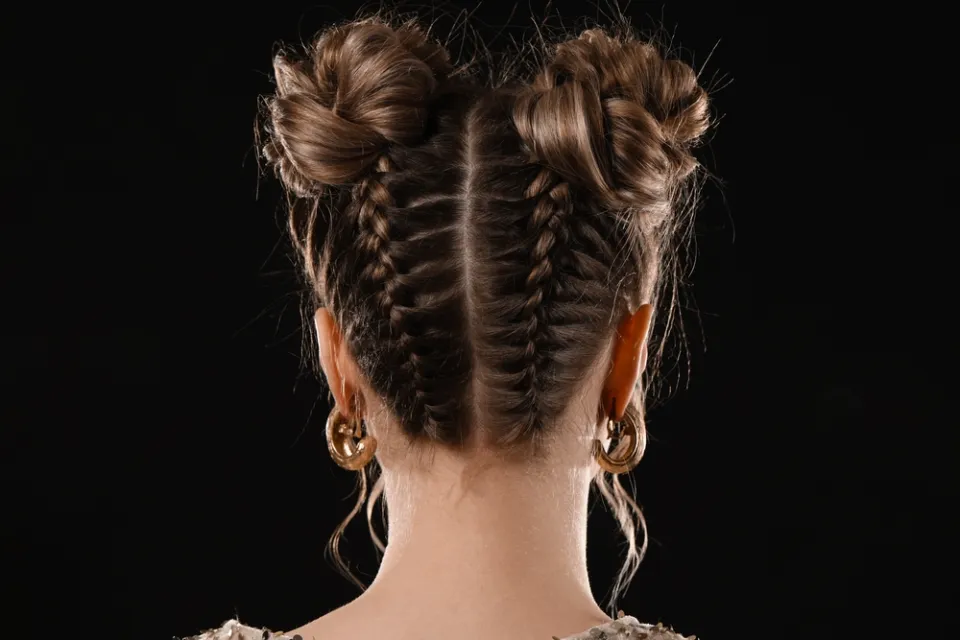
Yes, braids are a part of Mexican culture. From ancient Mexican tribes to modern-day times, Mexican braids are extremely common in the culture.
Both Mexican men and women have worn braids, and they have become an integral component of traditional Mexican women typically spent their days outside, so their long, flowing hair would get in the way.
Additionally, Mexico has a scorchingly hot climate that encompasses both tropical rainforests and dry deserts. Mexicans used braids as a practical way to keep their hair in place and prevent themselves from overheating.
Traditional Mexican Braided Hairstyles
While the hairstyles worn by modern-day Mexican women vary, a few braided styles have been cultural staples since ancient times. As you’ll soon see, traditional Mexican hairstyles were all about combining practicality with functionality.
The traditional braided hairstyles that Mexicans historically wore are shown below.
Single Braid
One of the most common ways traditional Mexican women wore their hair was in a single, long braid that fell down the back.
Many women still dress simply today, and it was regarded as a classic. Women with thick or thin hair can wear it thanks to its versatility. Women occasionally even weave bright ribbons or flower hair clips all the way through the length of the braids.
Double Braids
Double braids were another hairstyle that Mexican women frequently wore. To start, they would part their hair in the middle of the head.
They then created a long, tidy plait by braiding the hair on both sides. Similar to the single braid, the braids frequently included colorful ribbons or flowers woven throughout them.
Crown Braids
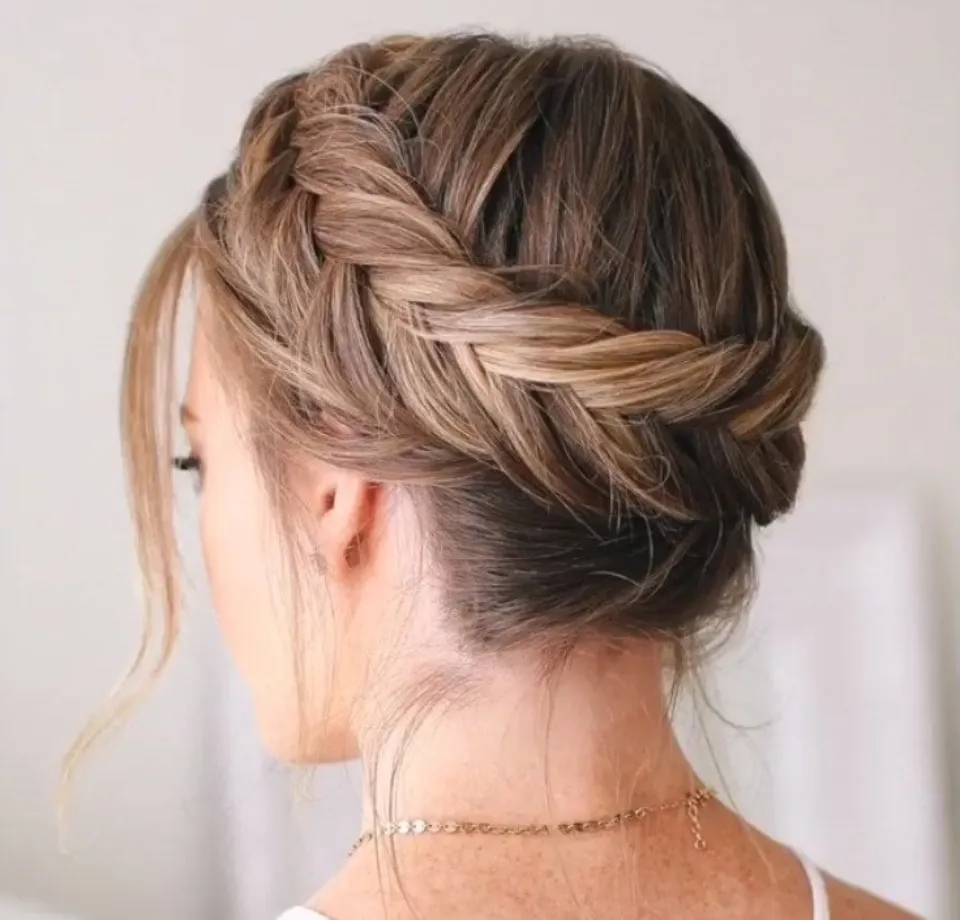
The well-known Mexican artist Frida Kahlo is responsible for making this regal hairstyle popular. Like double braids, crown braids begin at the same place. Your hair is first parted in the middle, with braids placed on either side.
Then, the braids are wrapped around the head to form a halo and secured in place.
Crown braids were frequently embellished with vibrantly colored flowers or ribbons to create a truly stunning appearance, just like the other styles we’ve mentioned.
Chingons
Women typically style their hair in buns, either loose or braided. They would either wear a bun made of gathered and twisted hair on top of their heads or at the base of their necks.
In order to create a more elaborate style, the braid would be wound into a figure 8 and fastened with hair clips. The buns were then adorned with flowers or vibrant ribbons.
Conclusion: Can Mexicans Wear Box Braids
You can wear your hair however you want to express yourself, but you should always try to respect and acknowledge the communities who created the styles you are copying.
Even though cultural exchange in a more and more globalized world is wonderful, it can occasionally come at the expense of disadvantaged groups.
When people from different backgrounds wear hairstyles that are considered edgy or cool, black women are frequently shamed and discriminated against.
FAQs
Who Can Wear Box Braids?
Box braids are a type of hairstyle which is predominantly worn by African people and the African diaspora.
Can a Hispanic Person Have Box Braids?
You can wear your hair in any way you like.
Do Colombians Braid Their Hair?
Braids, which have origins in Africa, are common all over the world but in Colombia, the hairstyle has a deep meaning. The use of cornrows to aid enslaved people in escaping has a rebellious and redeeming history in Colombia.

